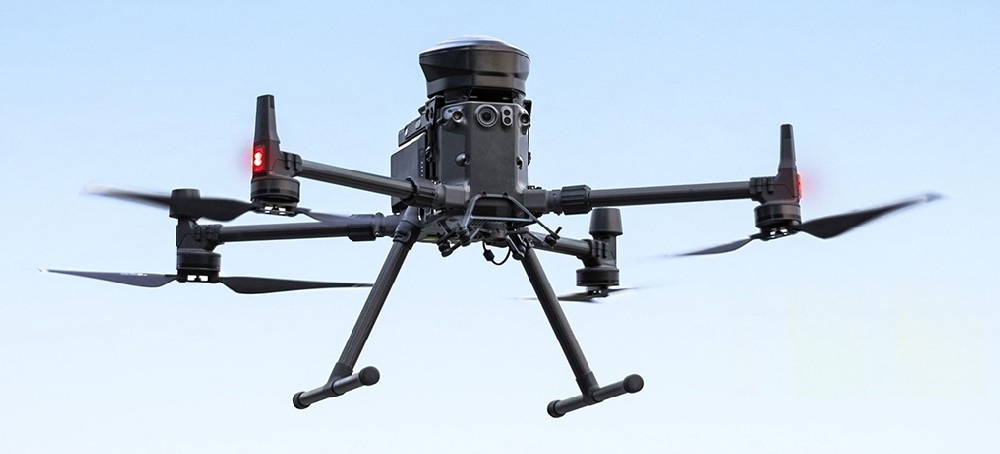Lipo batteries have occupied a major share in the RC battery market due to their high performance The rated voltage of a pouch cell is 3.7V and the maximum charging voltage is 4.2V, which has become common knowledge for lipo batteries. In recent years, a new kind of polymer lithium battery HV Lipo battery has appeared. It generally refers to a battery of which single battery cell voltage can reach 4.35V or more under full charge, rather than a numerical high voltage battery by connecting the normal lipo battery cells with a full charge voltage of 4.2V in series

The HV Lipo battery has a higher rated voltage (3.8V) and charging voltage (4.35V). The discharge cut-off voltage remains 3.2V. However, we recommend limiting the discharge to no more than 80% of the HV Lipo battery’s total capacity. Otherwise, the lifetime of the battery will be shortened. The maximum voltage of a lipo battery depends on the material characteristics of the battery’s anode cathode, and electrolyte. The traditional electrolyte continues to oxidize and decompose under high voltage and the transition metal ions of the cathode material dissolve, which limits the maximum charging voltage of the battery. At present, lithium cobalt oxide has been widely researched and applied as a high voltage anode material. The structure is non-nafeo2 type, which is more suitable for the insertion and separation of lithium ions. Some cathode protection additives are added to the electrolyte, which generally oxidizes preferentially than the solvent molecules during the cycle, forming a passivation film on the surface of the positive electrode, inhibiting the reaction between the electrolyte and the positive electrode material interface, and realizing the stable existence of the electrolyte under high pressure. The high voltage electrolyte additives mainly include boron-containing additives, organic phosphorus additives, carbonate additives, sulfur-containing additives, ionic liquid additives, etc


